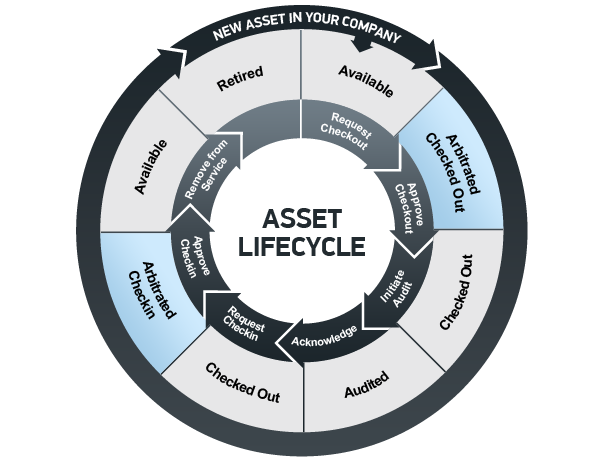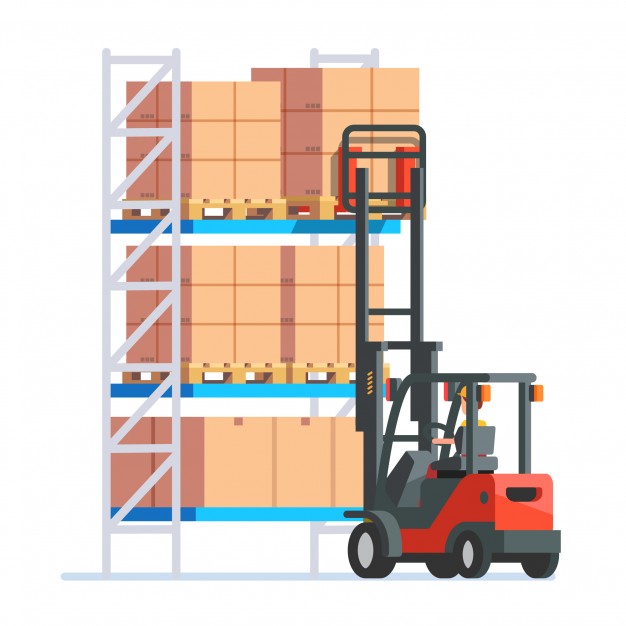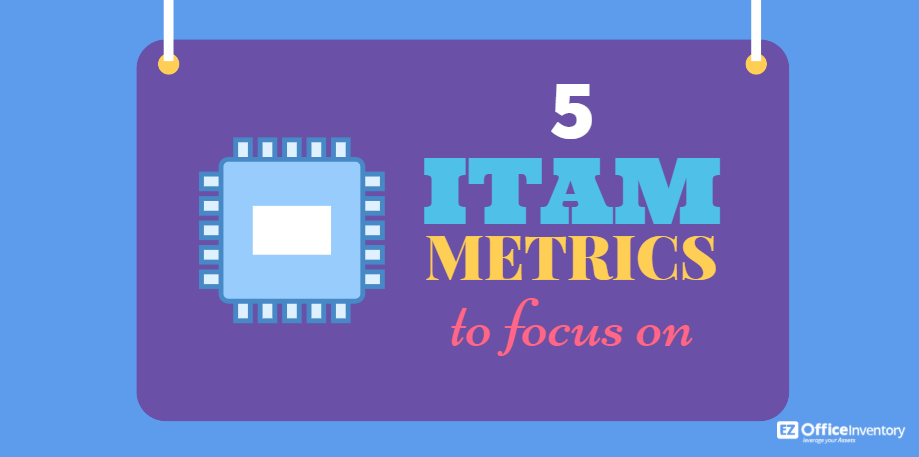ITAM: An introduction
IT assets tend to constantly evolve and give way to new updates which make workflows easier and faster. If a business lags behind in keeping its IT equipment upgraded, it is expected to face slow progress and increased downtimes. To tackle such issues, firms design robust policies aimed towards devising a comprehensive management plan. ITAM is a set of practices which cater to financial, contractual and inventory aspects – to support tools throughout their lifecycle. This strategic decision making includes all types of software and hardware both.
Contingent upon the nature of your industry, IT hardware assets ranges from laptops, printers to all sorts of memory cards and hard disks. Whereas, IT software streamlines a company’s work tasks at one place for employees to access through a username and password.
ITAM can get quite challenging if the right controls and checks are not implemented. Some of the common difficulties that firms face can be shortlisted as:
- Specialized qualifications: Working with IT tools can be a hassle if you don’t have a sound technical team to resolve hardware and software related issues. Having expertise helps but it alone cannot handle the load across multiple vendors.
- Constant service upgrades: Once you reach the end of service warranty for your hardware, the manufacturer will no longer offer you maintenance. Instead, they will ask you to upgrade your hardware. At this point, companies need to decide whether this investment is worth it.
- Multiple hardware maintenance needs: Due to numerous IT equipment installed at the office, companies need to run specialized service sessions. Doing this manually is not easy – as a number of vendors are involved. It raises administrative costs.
To overcome these issues, companies tend to monitor some key metrics to measure the performance of IT tools. The ultimate goal is to keep a track of the right KPIs to steer towards better decision-making.
Let’s go over the 5 main metrics and how they can help achieve business objectives:
1. Different phases of IT asset lifecycle
Throughout their useful life, IT tools need several fixtures. They tend to depreciate over the years as well. To account for the costs incurred during this time, it becomes essential to record asset consumption. Carrying out this practice regularly gives you the total value of assets owned.
Most firms go through the following steps for streamlined IT asset lifecycle management:
- Planning
- Acquisition
- Operation
- Disposal

Doing this is particularly important when you want to formulate whether your IT budget is being utilized in a cost-effective manner. Starting off, you need to assess whether a certain IT tool is required by the firm. Once you confirm the value added is beneficial to the organization, then you move onto the next phase. With the emphasis on maintenance for improved operational performance, lifecycle management lets you monitor the rate of return and business progress rate.
2. Stock levels through inventory modules
The majority of companies set apart only a certain amount of their yearly budget for new IT purchases. To make timely procurement, it is important to track current stock levels and usage history. Every time a new asset is to be bought, inventory managers should reconcile the procurement list to avoid any overstocking. In the case of computer devices, an excess in stock can tie up money which could’ve been used someplace else. Also, there is a big chance of such items going directly to disposal – since they get new service upgrades quite often.

Similarly, an organization cannot afford to suffer from asset shortages. This can cause delays in workflows, as a substantial amount of data is managed through a software or on an IT device.
For accurate inventory decisions, you can also keep a tab on the depreciation rates. This way you can order new stock before the old one expires.
Learn more: Misconceptions about IT asset tracking software
3. Audit history and license compliance
While working with electronic devices, it is critical to ensure you have sorted out your license compliance. In order to do this, firms carry out regular audits by reviewing asset usage data. Such practices allow you to identify which of the software have reached their expiration date, and which ones need to be replaced. Having access to updated audit history enables you to get rid of outdated equipment.
Some common aspects to track include:
- The current ratio of licenses – both used and purchased
- Expiration dates of software licenses
- The total number of licenses purchased
These metrics enable you to maintain compliance with government regulations and keep you proactive on license renewals on time.
4. Calibration data along with maintenance events
By implementing an ITAM system, you can easily check-in your equipment for maintenance as required. Timely calibration sessions let you reduce unexpected downtimes and increase the overall efficiency. Setting up repair events means establishing a compressive database including all your vendors. This can be done manually or even with a help of a software.

The next step revolves around recording the outcome of these service sessions. Once you have all the information stored in your system, you can refer to individual IT equipment to track its performance over time.
If a certain laptop or a printer is breaking down more than expected, consider this as a sign to revise your procurement list. IT assets which have to be checked in for maintenance quite often can be replaced with a new and improved version. This is helpful when you want to avoid unnecessary repair costs.
5. Check-in and checkouts for asset custodianship
Lost or stolen asset inventories do negatively impact productivity and bring down the performance rate. Misplaced equipment can be hard to locate if you don’t have a tracking system in place. In order to implement a transparent system for tracking, firms record check-ins and check-outs quite closely. These are associated with employee logins. So every time a staff worker takes out an asset for use, it is displayed against an ID.
For effective ITAM, it is crucial to supervise custodianship to control lost equipment and trace back usage in cases of theft. The ideal stance is to identify discrepancies in your design policies on usage data to ensure transparency.
Learn more: Benefits of IT asset management software
Conclusion
Gartner states that firms can cut down on costs by around 30% if they invest in streamlined management strategies. These can be achieved by deploying a cloud-based software for best results. By using such a program, you can automate all asset activities and eliminate chances of error. Organizations can then use these metrics to devise business policies to pull up performance levels.
Readily available data allows you to analyze reports and forecast future trends in consumption as well. This comes in quite handy as you will not want to invest in an expensive electronic device – only to find out later that it no longer complies with your business needs. A proactive approach like this allows you to reinvigorate ITAM for increased ROI.
Learn more: Cloud-based IT asset tracking software
Learn more about EZOfficeInventory’s ITAM solution!
EZOfficeInventory is a cloud-based IT asset tracking software that helps thousands of companies track hardware assets and manage inventory, conduct maintenance events, cut costs and streamline processes all over the world.







